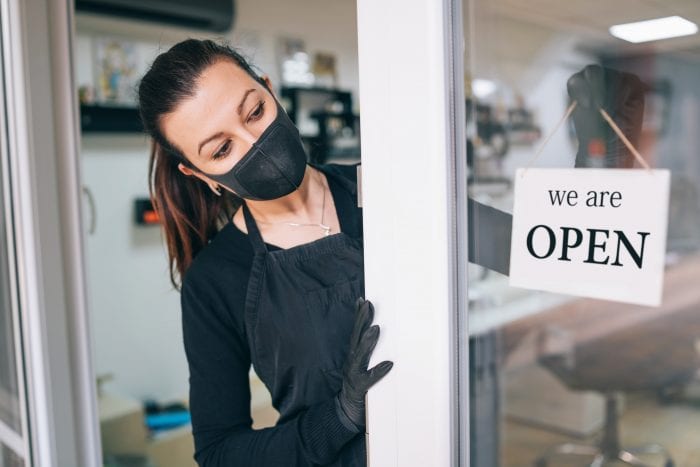With PPP Loan Program Extended, Local Business Advisers Expect Uptick in Applications
Local businesses will now have more time to apply for Paycheck Protection Program loans as the aforementioned program has been extended until Aug. 8.
President Donald Trump (R) signed a bill into law July 4 that ensures the loan program’s application deadline will run for another five weeks. The bill’s passage allows the U.S. Small Business Administration to resume approving PPP applications, as the agency previously stopped processing forms on June 30. At that date, the SBA had approved nearly 4.9 loans with total funds over $520 billion.
In New York state, close to 324,000 PPP loans had been made, totaling $38.3 billion, according to SBA data. Despite that, the SBA had approximately $130 billion in unallocated funds when it momentarily shut down.
“The surprise for us and a lot of regional bankers is that there is still so much money that remains in the program,” said Bernie Ryba, regional director of the Small Business Development Center at Stony Brook University. “We had seen a huge surge of applications coming in before, but it has stayed flat the past few weeks. It’s been a complete reserve.”
Due to the changes the administration made to the program back in June, businesses that are seeking to qualify for loan forgiveness now have 24 weeks instead of the previous eight weeks to spend PPP funds. The portion of the loan that must be spent on payroll has been reduced from 75 to 60 percent. Businesses won’t be penalized if employees who have been offered their jobs, including same pay and hours, don’t return.
The SBDC regional director said, with the updated terms, businesses who didn’t choose to apply initially could now decide to do so now.
“The terms are better, that’s a real positive,” he said. “Some of the companies we’ve been working with said they felt constrained during the original eight-week period. It is a welcomed change.”
Ryba said in some cases he has heard of local and regional banks reaching out to businesses who still haven’t applied for the program.
“It’s puzzling to them, like, ‘Why aren’t more of these businesses taking advantage of these terms?’” he said.
The federal program loans up to $10 million with an interest rate of 1 percent and a five-year term. Ryba expects to see a mini-surge in application submissions as the Aug. 8 deadline gets closer.
“There are some businesses who might think they can skate through this and don’t need to apply,” he said. “As the deadline looms they might change their minds.”
In addition to Trump’s extension this past holiday weekend, a group of U.S. senators from the Senate Banking Committee tabled a bill that gives automatic forgiveness to businesses.
Sens. Bob Menendez (D-New Jersey), Kevin Cramer (R-North Dakota), Thom Tillis (R-North Carolina) and Kyrsten Sinema (D-Arizona), introduced the Paycheck Protection Small Business Forgiveness Act, which would forgive PPP loans of $150,000 or less if the borrower submits a one-page attestation form to their lender.
According to the group, approximately 85 percent of PPP loans would be eligible for this simplified loan forgiveness process. The cost of applying for forgiveness for a PPP loan of this size is $2,000 for the small business and $500 for the lender. The senators say the bipartisan legislation could save small businesses $7.4 billion and banks nearly $2 billion.
With the updated terms, the application to have PPP loan forgiveness has been simplified. Ryba said the application requires fewer calculations and documentation. It has helped quell some of the concerns owners have had. Small businesses have until Dec. 31 to file their forgiveness applications.
“The process has been simplified, but there still continues to be a lack of clarity of how to treat certain expenses,” he said. “We hope that gets cleared up, we are trying to stay informed as possible and give our clients the best guidance.”







